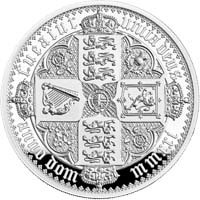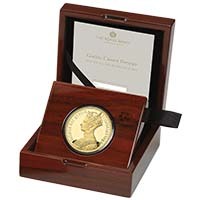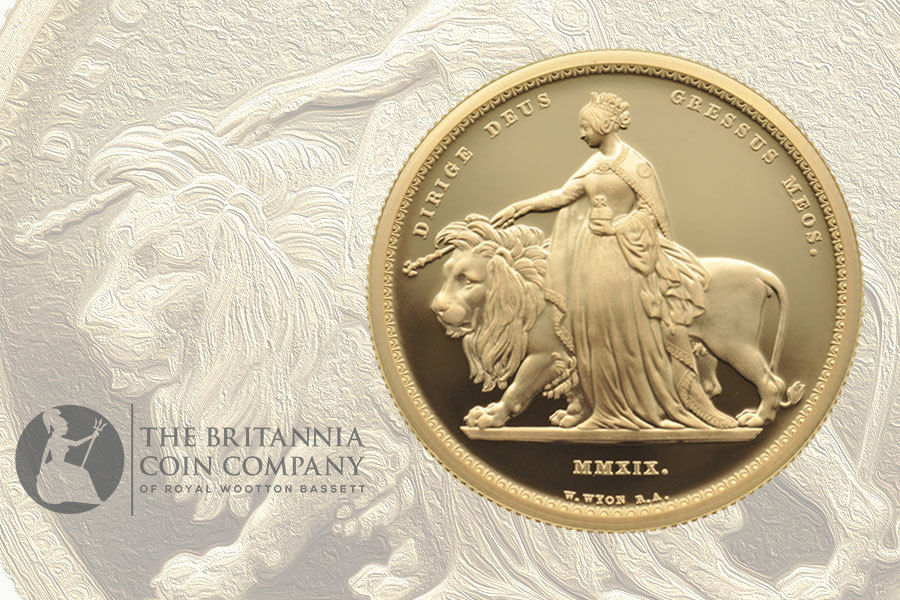
Who were the engravers behind some of Britain's most iconic coins? We take a look at some of the famous names that may feature in the Royal Mint's Great Engravers collection.
The Great Engravers Collection
In 2019 the Royal Mint launched a new special collection called The Great Engravers, celebrating the greatest artists to have worked on British coinage. Issued in various denominations, the first coin featured William Wyon's famed 'Una and the Lion'. First produced in 1839, this ground-breaking design was remastered using cutting-edge, twenty-first century technology.
Skilled Artists
While we wait for the next instalment in what is sure to be a landmark series, we're exploring some of the notable engravers and designers associated with the Royal Mint. These creatives trained as sculptors and medallists but mastered the unique skills needed for coin design. Read on for bite-sized biographies of the talented craftsmen behind the Mint's 'golden age' of creativity and expansion.
Jean Baptiste Merlen (1769–1850)
Jean Baptiste Merlen, a French-born engraver, was initially employed by the Paris Mint. With the Mint's future uncertain following Napoleon's defeat at Waterloo, Merlen looked for a new job in Britain. Records show he was working at the Royal Mint from at least 1820, under Chief Engraver, William Wyon, and Chief Medallist, Benedetto Pistrucci.
During his tenure he primarily produced designs for reverses. This includes a crowned shield, surrounded by a wreath which was used from 1834 on sovereigns issued by King William IV and later by Queen Victoria.
He is widely known for his role in engraving the portrait of George VI, used on British coinage from 1821. The original design was produced Merlen's colleague, Pistrucci, but the King disapproved of it. Merlen's version, based on a portrait by Sir Francis Chantrey, was deemed much more flattering.
Merlen also produced engravings for Maundy money: silver coins traditionally distributed by the sovereign on Maundy Thursday. The designs remained in use well after the artist's death in 1850.
Benedetto Pistrucci (1783-1833)
George VI might have rejected Benedetto Pistrucci's portrait but that might have been because it was a little too accurate. The Italian engraver was no known for compromising, even for Kings.
Pistrucci began his career in his native Rome, becoming a prominent and talented cameo carver, favoured by royalty. Like his colleague Merlen, Pistrucci relocated to Britain following Waterloo and was quickly under the employ of the Royal Mint.
At the time of his arrival, the Mint was preparing to issue new gold and silver coins, in an effort to restabilise British currency following the economic difficulties caused by years of war. This programme became known as the Great Recoinage of 1816 and it was Pistrucci's job to provide portrait models of George III that would be engraved in steel by the Mint's craftsmen. This effigy has become known to collectors as the 'bull-head George'.
A determined perfectionist, Pistrucci taught himself engraving techniques so he himself could produce his next coin design. His classic St George and the Dragon, used on sovereigns from 1817, was all his own work and earnt him lasting fame.
William Wyon (1795-1851)
From a family of engravers and medallists, William Wyon RA became Chief Engraver at the Royal Mint in 1828 after 12 years working as Second Engraver.
A proponent of the neoclassical style in vogue at the time, William is known for his technical skill, accurate portraits and impressive output. He was the engraver behind at least 43 different coins issued in England, as well as many more for British colonies including Jersey, Malta, Hong Kong, British India and Ceylon.
William's perennial subject was Queen Victoria. His coins and medals chart her rise from 13 year old princess to crowned head of state. His 'Young Head' was in circulation from 1838 and would remain in use long after the portrait ceased to be accurate. An earlier effigy of William's, made for a medal, became the basis for postage stamps for more than 60 years, starting with the Penny Black in 1840.
It is impossible to condense William's output into a short article so we will be dedicating subsequent posts to some of his other famous designs, including his 1817 'Three Graces' pattern and 1839's 'Una and the Lion'. The latter has already been reissued as part of the Great Engravers series.
Leonard Charles Wyon (1826-1891)
Born at the Royal Mint and son of its Chief Engraver, Leonard Charles Wyon's career was decided early. Though the position of Chief Engraver went extinct on his father's death in 1851, Leonard took over his duties at the Mint. He had trained under William and inherited his talent.
In 1860, Leonard was asked to submit designs for a new issue of British bronze coins. Queen Victoria took a great interest in this project and afforded him several sittings. The effigy he created would be commonly known as the 'Bun Head' portrait as it shows the Queen with her hair drawn back in a plaited knot. In 1887 he engraved Victoria again for silver and gold coins.
Like his father, Leonard's output was significant. He executed dies for the majority of military and naval medals issued between 1851 and his death in 1891. He also designed and engraved coins used in all corners of the British Empire during the high water mark of the 'imperial century'.
The responsibilities of his important and demanding position did not appeal to his children, however, none of whom took up the Wyon family trade.
Joseph Edgar Boeum (1834-1890)
Sir Joseph Edgar Boehm, 1st Baronet, RA was born in Vienna, son of the Director of the Austrian Imperial Mint. He trained across Europe and worked initially as a medallist in his homeland. Following success at the 1862 International Exhibition, however, he determined to focus on busts and statuettes, leaving engraving behind.
After moving to England, Boeum's distinctive, continental style soon earned him important commissions from the great personages of the day. This included Queen Victoria who would go on to bestow on him over forty royal commissions, including an enormous marble of her likeness for Windsor Castle. He was appointed her Sculptor in Ordinary in 1880 and created a baronet in 1889.
At the Queen's behest, Boeum returned to his former specialism in 1887, designing and executing and effigy for her Golden Jubilee coinage. Boeum's shining reputation did not save him from the severe criticism that met this poorly conceived portrait with one commentator calling it 'the greatest disappointment of the century'. It was soon replaced with a new design but his initials can still be seen on surviving examples.
Thomas Brock (1847-1922)
Born in Worcester, Sir Thomas Brock KCB RA was a pupil and later assistant of J H Foley, the Irish sculptor. Following Foley's death, Brock took over his last commission; the statue of Prince Albert for the Albert Memorial. Supposedly George V was so impressed at the monument's unveiling in 1911 that he called for a sword and knighted Brock there and then.
However, Brock's contributions to Royal imagery had begun many years before. In 1891 he submitted a 'dignified and distinctive' portrait of Queen Victoria to the committee responsible for her new coinage. With some modifications this design was authorised in 1893, a welcome replacement for Edgar Boehms unpopular Golden Jubilee coins.
Brock's portrait was used on Victoria's gold and silver coinage from 1893 through her death in 1901. His initials, 'T.B.', can be seen below the Queen's shoulder in what is referred to as the 'Old Head' or 'Widow's Head' effigy. The portrait was also used for commemorative medals issued in the last years of Victoria's reign, including the Diamond Jubilee Commemorative Medal of 1897.
George William de Saulles (1862-1903)
George William De Saulles was a British medallist. Born in Birmingham and trained there and in London, De Saulles succeeded Leonard Charles Wyon as Chief Engraver to the Royal Mint following the latter's death in 1891. He was recommended to this position by Sir Thomas Brock, a favourite artist of Queen Victoria.
De Saulles would later adapt a design by Brock for the effigy of Victoria that would feature on her 1893 issue of coins. Largely, however, De Saulles designed, modelled and engraved his own dies. He signed his work 'DES', 'DS' or 'WS'.
De Saulles' portrait of Edward VII is the only one to appear on coinage and was used until the King's death in 1910, several years after de Saulle's own death in 1903. He also designed and executed dies for colonial coins like the British Trade Dollar (minted from 1895), the British dollar for India (also 1895) and copper coins used in British East Africa (1897).
Bertram Mackennal (1863-1931)
Sir Edgar Bertram MacKennal KVCO RA, more commonly known as Bertram MacKennal, was an Australian medallist and sculptor. He trained initially under his father, a well-regarded Melbourne artist, before continuing his studies in London and Paris.
MacKennal achieved fame with his statue Circe, first exhibited in 1893. Thereafter he established himself as a prolific sculptor, based in London, producing reliefs, busts and war memorials in bronze and marble. Soon an establishment figure, he took on several significant commissions, including medals for the 1908 London Olympics. His work can be seen in public places and collections across the UK and Australia.
MacKennal's numismatic renowned comes from his depictions of King George V. In 1910 he designed the new King's Coronation Medal and also won the commission to engrave the monarch's head for coinage issued after he was crowned in 1911. His initials, 'B.M.', appear on the King's neck. From this design MacKennal developed the head effigy used on stamps until George's death in 1936.
George Kruger Gray (1880-1943)
George Edward Kruger Gray CBE was a talented artist across a whole host of mediums. He exhibited watercolours at the Royal Academy, created stained glass for a number of buildings and even served with a camouflage unit in World War One. It was during the War that he adopted his wife's very English sounding surname Gray.
After the war he began exhibiting numismatic creations at the Royal Academy of Arts, winning much admiration. His designs for South African coinage were selected by the Royal Mint in 1923 which marked the beginning of a lucrative arrangement as a 'preferred contractor' for the Mint.
Initialling his work 'KG' or 'G', Gray primarily designed reverses, both for British coinage and for countries across the British Empire, later the Commonwealth. His simple, beautifully rendered designs appeared on the currency of Canada, Australia and New Zealand, among others, from the 1920s until decades after his death. He was awarded the freedom of the City of London in 1937 and received his CBE a year afterwards.
Humphrey Paget (1893-1974)
Humphrey Paget OBE was a London-born medallist and coin designer who signed his work 'HP'. He first began engraving for the Royal Mint after service with the Navy in World War One. A prolific artist, his fame was cemented through a prestigious private commission.
In 1935 he was commissioned by the Honourable Company of Master Mariners to create a portrait of the then Prince of Wales for a medal. His design was so admired he was asked to adapt it into a low-relief effigy that was later approved by the Royal Mint for use on King Edward VIII's coinage.
Faced with Edward's abdication in December 1936, the Royal Mint needed a portrait of his successor, George VI, as soon as possible. Paget's simple but technically masterful, uncrowned head became an instant classic of coinage design.
Paget is also remembered for the old sailing ship that featured on the halfpenny from 1937 until decimalisation. Based on Francis Drake's galleon, the 'Golden Hind', Paget's design was originally intended for the half-crown.
Percy Metcalfe (1895-1970)
Percy Metcalfe CVO RDI, sometimes spelled 'Metcalf', was a Yorkshire-born artist. As a young man, he exhibited as a sculptor before turning his skills to medallic art and later the design of coins.
In the 1920s, Metcalfe produced designs for the first coinage of the Irish Free State. His Irish designs were much acclaimed and prompted further commissions, at home and abroad. He created portraits for King Fuad of Egypt as well as Fuad's successor, King Farouk, and for Michael I of Romania.
In 1935 Metcalfe was commissioned to produce imagery of George V for the Australian florin. In 1936 his effigy of Edward VII was approved for overseas coinage but these designs were never minted, due to Edward's abdication.
Metcalfe would later create a portrait of George VI which would appear on the obverse of many British and Commonwealth coins. He incorporated this design into the George Cross, instituted in 1940. His joint profile of George VI and Queen Elizabeth featured on the British Coronation Medal of 1937.
Frequently Asked Questions
The Royal Mint Great Engravers collection is a new special release, featuring the work of the Mint's greatest artists. Centuries old designs have been restored, remastered and reproduced for a limited reissue in various denominations. The first coin in the series, released in November 2019, featured Royal Mint Chief Engraver William Wyon's famed 'Una and the Lion'.
A Great Engraver is a renowned artist who designed and engraved coinage for the Royal Mint. These creatives may have trained as sculptors or medallists but strived to develop the unique skills associated with coin design. They may have held the title 'Chief Engraver' or other prestigious Royal Mint appointments and were well known in their time for their work.
Becoming a Great Engraver demands an unusual skillset. First, they would need to be a distinguished sculptor, but comfortable producing tiny masterpieces rather than life-sized statues. A master of their medium, the Great Engraver could account for how the minting process affects their design. Lastly, they would also need to be a student of politics. Understanding national symbols and keeping on the good side of monarchs by producing flattering effigies was all part of the job.
The first coin in this landmark series was 'Una and the Lion', first struck in the 1830s. The Royal Mint decided to stick with authenticity and recreated the remarkable piece using the original die, produced by William Wyon. The die was remastered to remove any historical blemishes and the proof finish itself was adjusted so that the 2019 coin image would be an exact counterpart of the original 1839 masterpiece. It is likely further coins in the series will use similar technology.
'Una and the Lion', the first in the series, was issued in six denominations: a £5000 Gold Proof 5 kilo coin, a £2000 Gold Proof 2 oz coin, a £1000 Gold Proof kilo coin, a £500 Gold Proof 5oz coin, a £200 Gold Proof 2oz coin and a £5 Silver Proof 2oz coin. The higher value coins sold out within minutes of launch and the price tripled overnight. It is likely the same denominations will be released for future coins in the series. We also expect demand to be extremely high.
Only one coin in the Great Engravers collection has been released so far. This is a reproduction of William Wyon's 'Una and the Lion'. All denominations were released in limited quantities and the Royal Mint sold out very quickly. As they are rather rare, they demand a premium price on the open market. However, scarce coins can appreciate in price considerably over a period of time and can make very good investments. Check our product listing regularly for news of new releases and examples coming to the market.

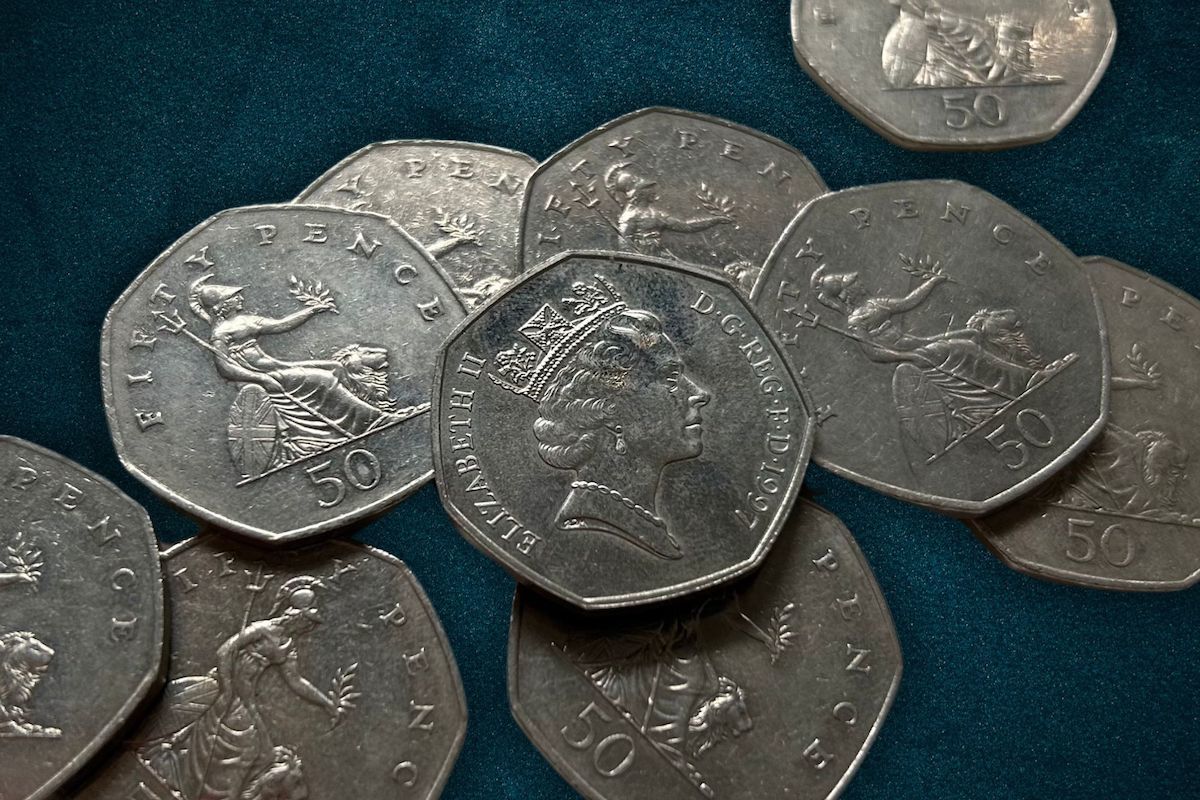
.jpg)
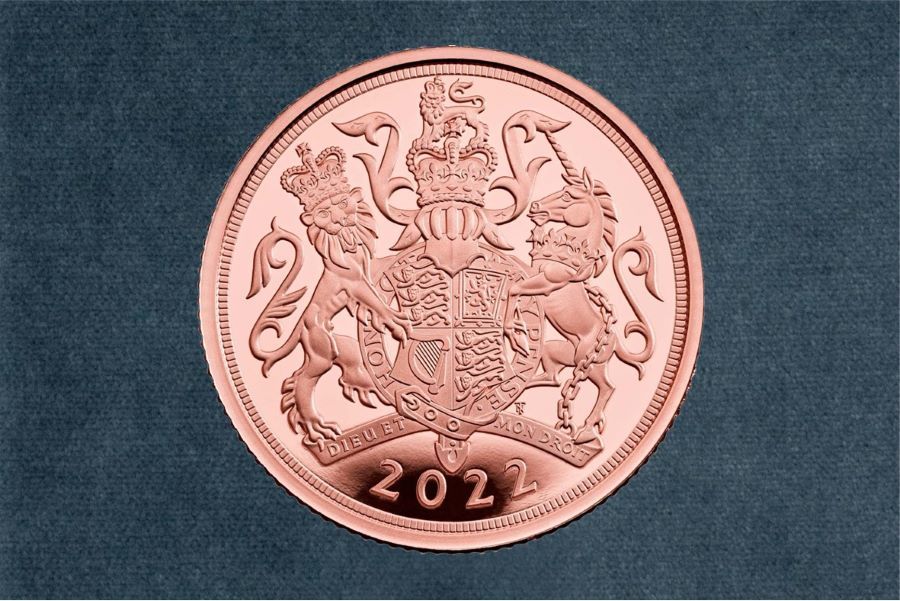
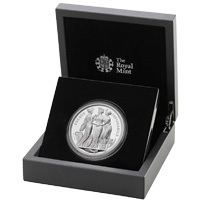
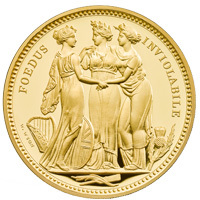
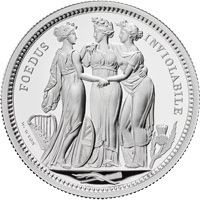
.jpg)
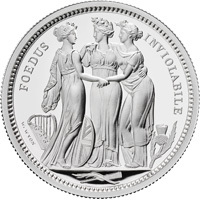

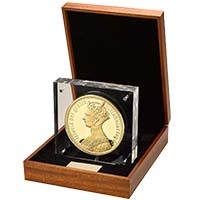
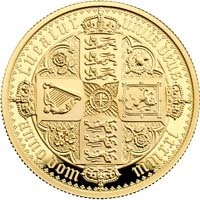


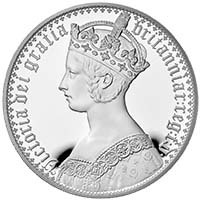
.jpg)
.jpg)
.jpg)

.jpg)
.jpg)

.jpg)
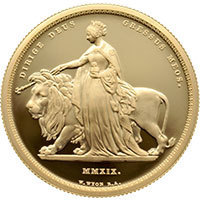
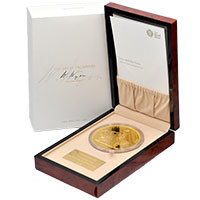
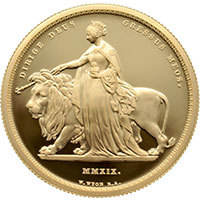
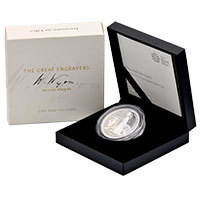
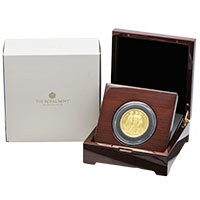

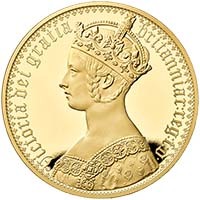

.jpg)
